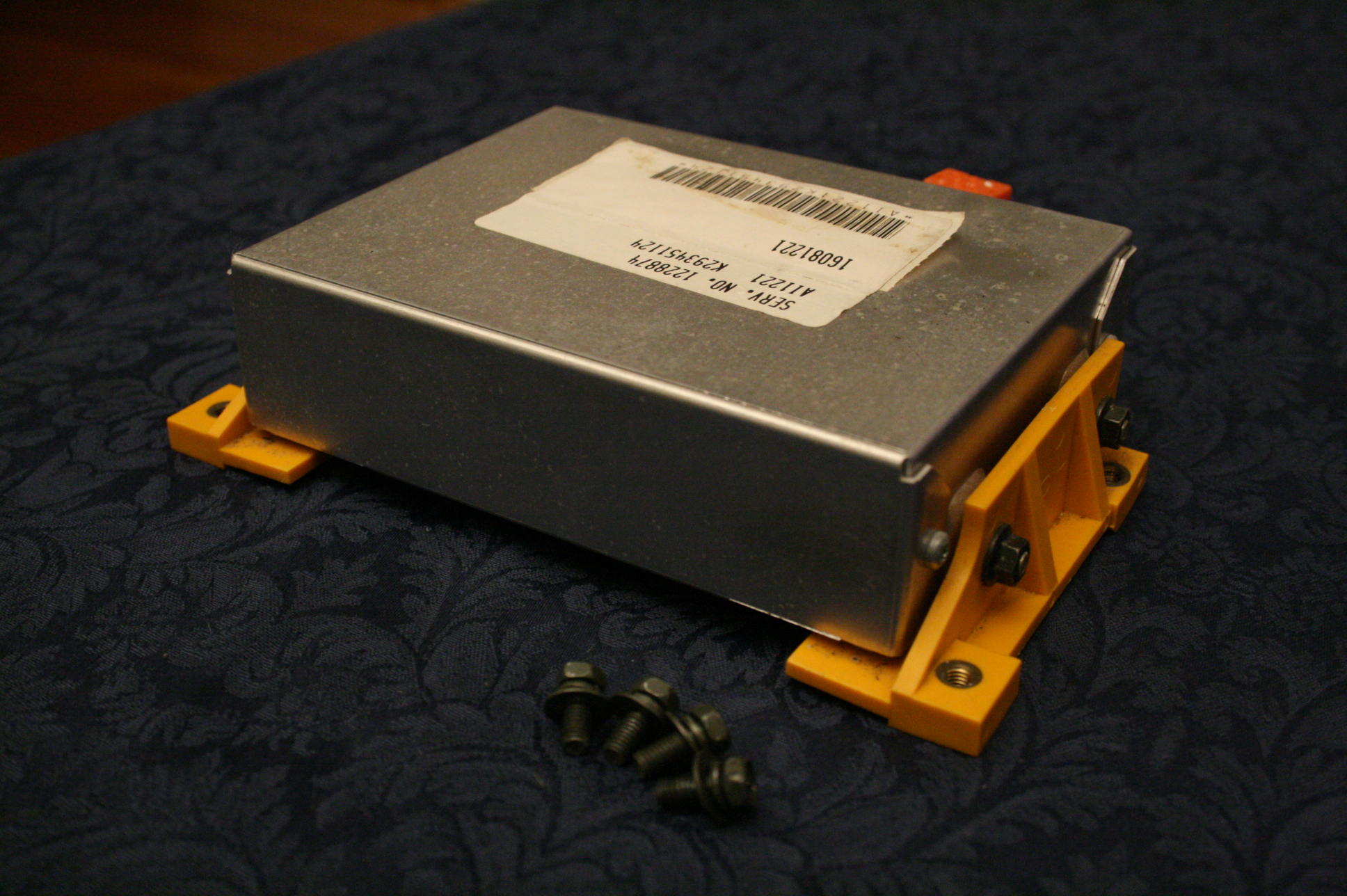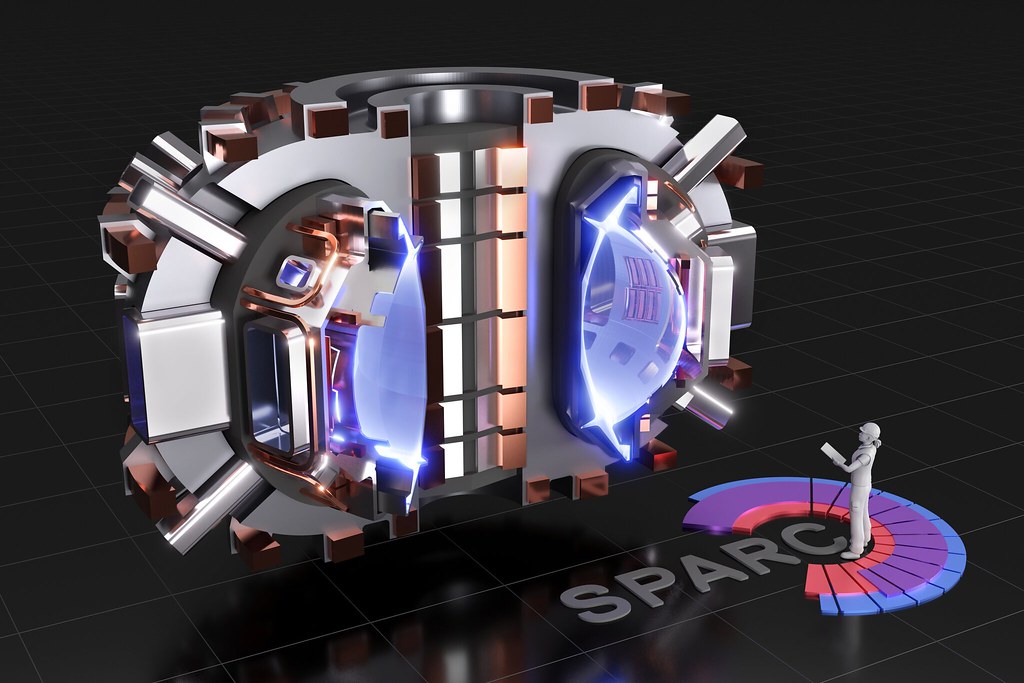
Modern cars come with a variety of dashboard lights, each serving as an important alert for drivers about potential issues that could impact vehicle safety. These dashboard warning lights fall into three main categories: warning signs, light symbols, and safety symbols, each conveying specific information. Warning signs, commonly displayed in red or yellow, signal potential problems that could significantly compromise your safety, while light symbols, often in white or blue, provide updates about the operation of your vehicle’s lights, and safety symbols, generally blue or green, indicate that a particular safety feature is engaged and functioning properly. It’s essential for drivers to get acquainted with their vehicle’s owner’s manual, which outlines the exact meanings of each dashboard symbol and recommends actions for addressing them.

1. **Check Engine Light**: This iconic light resembles an engine and signifies that the vehicle’s computer has detected an issue, triggering a diagnostic trouble code. If this light flickers occasionally, it could mean an intermittent problem that should be checked during the next maintenance visit. However, a constant illumination of this light may indicate a serious engine issue that requires professional inspection. A rapidly flashing check engine light signals a potentially critical problem, and immediate attention from a repair shop is advised.

2. **Tire Pressure Warning Light**: This light, shaped like a tire with an exclamation point, alerts you to underinflated tires and requires prompt attention. When it lights up, be sure to check your tire pressure as soon as possible to prevent performance issues or dangerous blowouts. Keeping your tires properly inflated not only extends their lifespan but is also vital for your safety on the road.

3. **Tire Pressure Monitoring System Light (TPMS)**: This warning light, which looks like two-thirds of a circle with an exclamation point inside, indicates a problem within the tire pressure monitoring system itself, rather than simply low tire pressure. It’s crucial to have the sensors checked during routine maintenance; neglecting this can result in overlooking significant underlying issues that could affect your driving experience.

4. **Oil Pressure Warning Light**: Shaped like an oil can, this light demands your immediate attention and action. When the oil pressure warning light comes on, it signifies a loss of oil pressure that could lead to serious engine damage if not addressed quickly. Drivers should pull over and check their oil levels at the nearest gas station without delay.

5. **Engine Temperature Warning Light**: This light, resembling a thermometer, signifies that the engine is overheating and needs immediate attention. Drivers should allow the engine to cool before attempting to check fluid levels or address potential leaks. Ignoring this warning can result in costly engine repairs.

6. **Battery Charge Warning Light**: A battery symbol appearing on the dashboard usually indicates that the vehicle’s charging system isn’t functioning correctly. This could be due to several factors, including issues with the alternator or battery terminals. If this light remains on, drivers should seek professional assistance to diagnose the problem, especially if the battery is older.

7. **Airbag Warning Light**: This symbol, which looks like a person with an inflated airbag in front of them, signifies a malfunction in the airbag system. If this light stays on after starting the car, it could mean that the airbags may not deploy in an emergency situation, necessitating immediate professional attention.

9. **Coolant Temperature Light**: If you encounter a light resembling a thermometer submerged in liquid, this indicates low coolant levels or a radiator issue. Ignoring this warning can lead to engine overheating, making timely checks essential to prevent costly repairs.

9. **Power Steering Warning Light**: This light, depicted as a steering wheel with an exclamation mark, indicates potential problems with the power steering system. If illuminated, it may become increasingly difficult to steer your vehicle, especially at low speeds. Prompt mechanics’ inspections are recommended to ensure safe driving.

5. **Low Fuel Indicator Light**: This straightforward yet vital light resembles a gas pump, signaling that your fuel levels are critically low. It’s important to locate a gas station and refuel promptly, as ignoring this warning can lead to running out of gas unexpectedly, potentially leaving you stranded.

11. **Seat Belt Reminder Light**: This safety feature symbol is quite straightforward, depicting a person with a seatbelt. It serves as a reminder to buckle up before driving, reinforcing the importance of seatbelt use for safety.

6. **Lane Departure Warning Light**: This light alerts you when your vehicle begins to drift out of its lane, encouraging greater attentiveness while driving. It’s an invaluable feature designed to enhance safety, especially on long journeys where fatigue can set in.

7. **High Beam Light**: If you notice a symbol that looks like a headlight radiating lines, it indicates that your high beams are currently on. Remember to switch to low beams when you’re approaching oncoming traffic to ensure the safety of yourself and others on the road.

8. **Fog Lights**: The fog light symbol appears as a headlight with a wavy line in front of it, indicating that your fog lights have been activated. These lights significantly improve visibility during foggy, rainy, or snowy conditions, allowing you to see the road clearly while ensuring you don’t blind other drivers. If this light is on, it serves as a reminder to use fog lights judiciously and switch them off when they’re no longer needed.
15. **Adaptive Suspension Warning**: This symbol denotes that there’s a problem with the adaptive suspension system. If your vehicle is equipped with adjustable dampers that can change to optimize ride quality, seeing this light means it’s time to have the system checked. Ignoring it may lead to a less comfortable ride, eventually affecting handling and safety.

9. **Cruise Control Indicator**: A symbol depicting a car with a speedometer indicates that the cruise control feature is currently active. This system is particularly useful for maintaining a consistent speed on long highway drives, alleviating fatigue. Just be sure to turn it off when it’s not in use, allowing you to maintain full control over your speed.

10. Understanding dashboard warning lights is essential for all drivers, as each light acts as a vital reminder about your vehicle’s condition. Being aware of what these lights signify can mean the difference between a minor inconvenience and a costly repair. The next time a light illuminates on your dashboard, you’ll be ready to respond appropriately, ensuring your safety and the well-being of your vehicle on the road. Equipped with this knowledge, you can confidently navigate any alerts that arise, guaranteeing a smooth and worry-free driving experience!
Related posts:
15 Common Car Dashboard Symbols
A Guide to Common Dashboard Warning Lights
Car Warning and Dashboard Lights Explained





